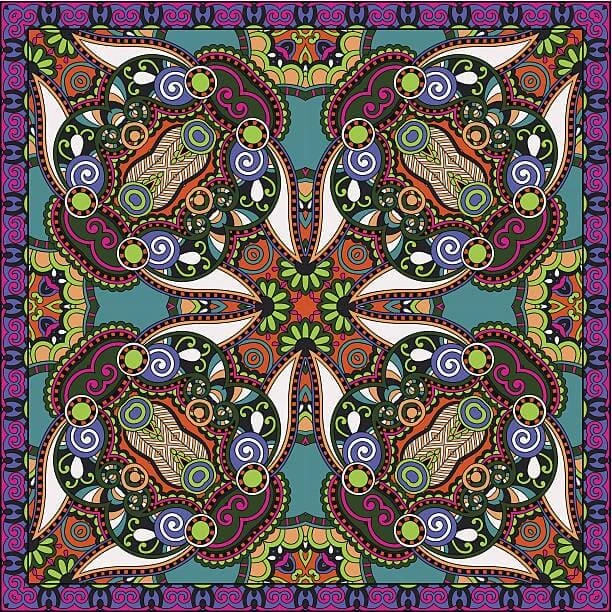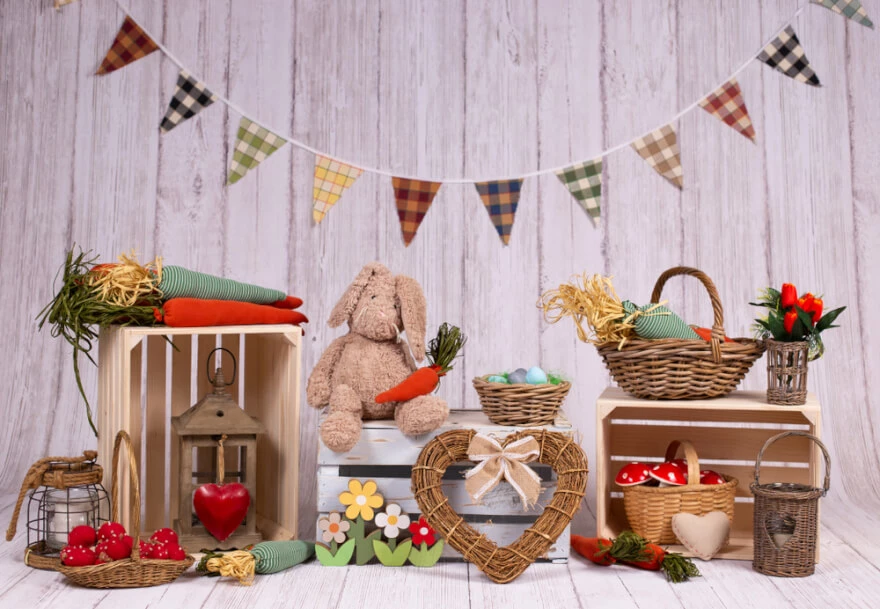How to put a picture on glass?

- Preparation and tools
- Printing
- Taping and trimming
- Soaking
- Peeling
- Drying
- Putting pictures on glass
- Mod Podge method
Every time you drink a glass of water from your painted cup, you may wonder how they transfer images to glass. Probably it is straightforward using brush and inks. But if you do not have any painting skills, you still can be crafty with just prepared images and some tools that surround our everyday life. With this trick, you can personalize your home dish and even use it to make gifts for friends and family.
Preparation and tools
Printing images onto the glass, you need certain tools which we list to prepare:
- Laser printed image on standard printer sheet of paper
- Duct tape or mod podge
- Credit card or some sort of aligning tool
- Scissors
- Water
- Glass object
Printing
First of all, we need to decide what picture we want to print on glass. You can take a photo or create a graphic of your choice. The next step is to print the image. For that method we can not use inkjet printers, we need Laser printers. If you don’t have one at home, you can go to any nearby printing center for that but make sure they use laser printing and normal printer paper there. It is a very important notice because if you want to print photos on glass you might think about using special photo paper instead but that is not the case. We will explain further why it is so important.

Taping and trimming
As you get your picture ready, it is time to prepare it for imprinting to glass.
Depending on the size of your image, you need to make sure that you have duct tape with a size matching the picture dimensions. You need to put your picture face down to the sticky surface of your duct tape to make sure it has adhered. Try to avoid touching parts where the tape faces the picture to not leave your fingerprints there because it may spoil the transparency of these parts. After that, use your align tool to get rid of bubbles and other prominences that occur during the attachment process. I usually use a credit card for that.
If you see that duct tape does not cover all parts of your image, those parts can not be imprinted. You need either a bigger size tape or a smaller printed image. Trim down unnecessary parts with your scissors so only the image of a certain size is left over.
Soaking
Put your prepared picture into a glass of warm water to soak there for five to seven minutes. It needs to be totally submerged. If the water is very hot it may spoil the picture and tape itself, so make sure it has a good temperature as you touch it with your finger to check. The water will soak the paper for the next step but the painting will stick to a tape surface.
That is why it is so important to have a standard paper and laser printer. Otherwise paper could be thicker so that water will not soak it properly and ink will be spoiled at the same time if we use an inkjet printer instead.
Peeling
As you soak your blank enough it is time to remove the paper in order to achieve picture transparency through the tape. You can use your forefinger, put a little pressure, just rub it and try to get rid of soaked paper. If the paper will dry during this process, re-soak it once again. Usually, it takes 2-3 attempts to peel the whole image if it is the size of standard duct tape. Rub it carefully to not spoil the picture, it is better to re-soak more times than remake the whole picture from the beginning, so it takes a bit of patience.
Drying
As you got rid of all the paper and there is only your image left on the tape, we need to dry it in order to bring back the tape glue effect. You can use a hairdryer to help but make sure to not melt the tape with a high temperature of your device. Give it the appropriate distance between the airflow tip and picture to not risk it. Or just let it dry naturally. It usually takes about forty-five minutes.

Putting pictures on glass
Now it is time to put your picture or photo on glass.
Stick the imprinting image to the glass object of your choice and use pressure to complete the connection between surfaces. To be accurate during the sticking process, it is better to move from the left side of duct tape to the right side or from up to the bottom. This will allow you to not get the air between tape and glass which can form bubbles and also tape bends. If you notice air bubbles or any bending being done you still can use the edge of the credit card to get rid of it.
Mod Podge method

But how to transfer a photo to glass if the size of it is the full frame of the sheet? If the previous case was about little pictures applied to a glass of water, this method is about images with a bigger size to fit the frame. Here we are going to use mod podge instead of sticky tape.
Mod podge is an adhesive for decoupage. It is water-based combined properties of glue, varnish, and sealant.
For this method, we need a brush tool to put mod podge on the glass's surface area.
You can buy these in stationery stores or in handicraft shops.
As you apply gel to the surface, put your image with a picture down on it and be careful to not move it all over the place.
Use your card or rubber roller to get rid of bubbles and stuff.
Let it dry for one day, but if you live in a high humidity area it may take up to 24 hours. Anyway, it would be better to follow the instructions attached to your mod podge can.
As we did paper wet before, now we use a sponge to apply water on the backside of the paper. Make sure your sponge is not filled with water completely, squeeze it out a bit, and be gentle with the image. Check the paper with your finger doing round moves with it to peel it off. If it peels away, that is good, if not, then wet it more with the sponge. Eventually soaked paper will roll out of the glass and you will see the picture left over the glass surface.
Since we know how to transfer a picture to glass it is still important to keep these images stay there.
For that matter, make sure to not use the dishwasher to clean it. You can wash it with soap from the inside, but the outer side, where your picture exists, is only for gentle washing with a sponge or cloth. Also, using the mod podge method mirrors your pictures printed on glass.
Co-founder of RetouchMe. In addition to business, he is passionate about travel photography and videography. His photos can be viewed on Instagram (over 1 million followers), and his films can be found on his YouTube channel.
Moreover, his profile is featured on the most popular and authoritative resource in the film industry — IMDb. He has received 51 international awards and 18 nominations at film festivals worldwide.

with RetouchMe














